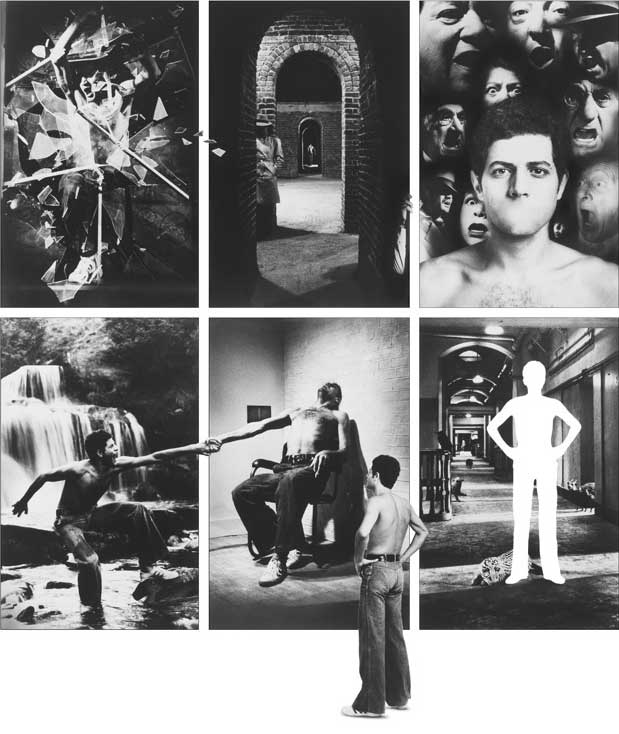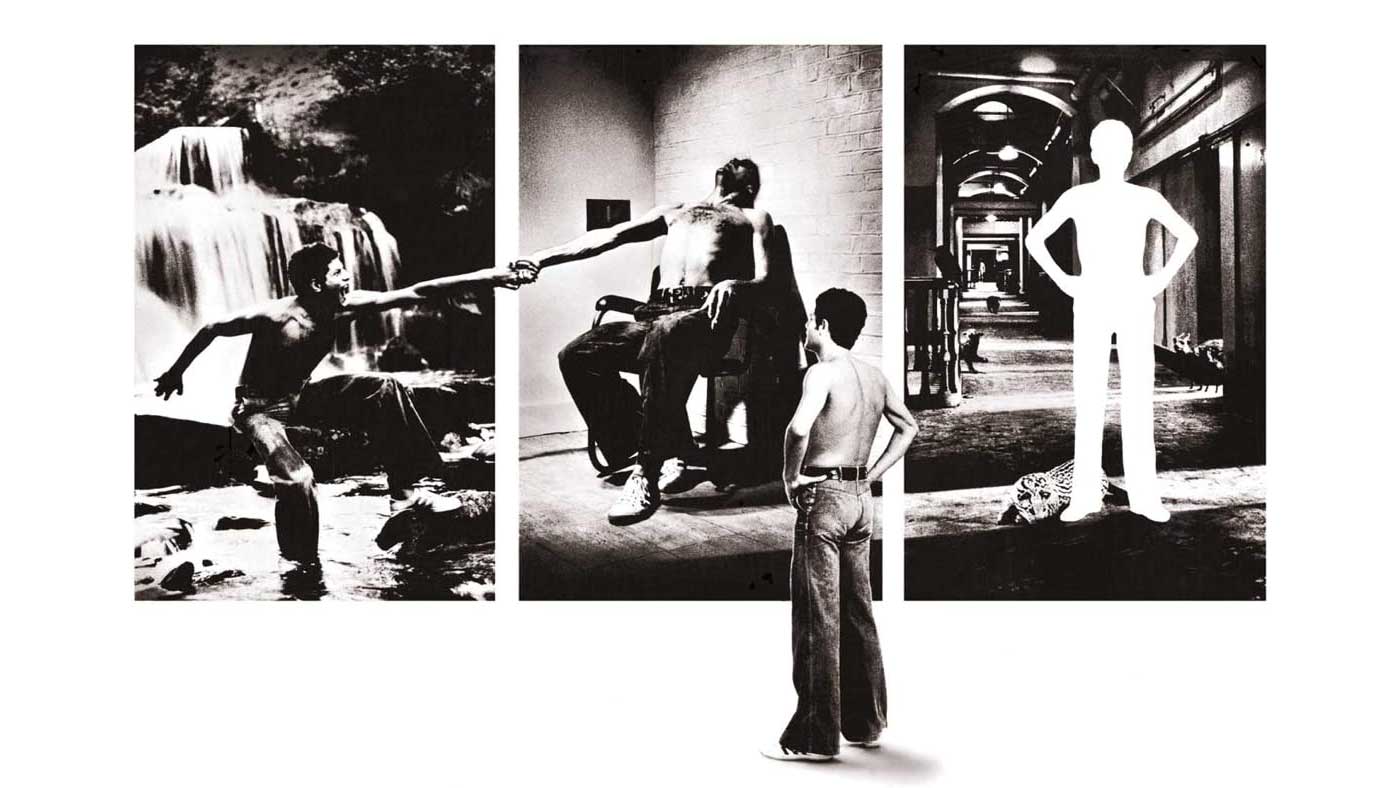Released at the end of 1974, The Lamb Lies Down On Broadway represented a volte-face for Genesis. Their most ambitious work yet – a double-disc concept album that examined the trials of a New York street urchin named Rael as he battled to save his brother from a series of mythical beings.
The gentle, surrealist kind of watercolours that Betty Swanwick had used for the cover of their previous album, 1973’s Selling England By The Pound, were deemed unsuitable for the sleeve of The Lamb…. Instead the band turned to Hipgnosis, the 70s’ most respected graphic design studio, who had already worked with Pink Floyd, and Led Zeppelin.
“Strong on narrative and grand in sweep, the great opus decreed a change in presentation,” Hipgnosis lynchpin Storm Thorgerson remembered of the project. “It was more an opera-type thing than a rock‘n’roll LP. Genesis had ditched their previous fantasy surrealist painterly covers in favour of cool photography, and our good selves at Hipgnosis.”
Thorgerson’s approach was to treat the sleeve for The Lamb… almost like a child’s picture book, employing a series of visual interpretations of key scenes from Peter Gabriel’s lyrics, with the central Rael character crossing between them.

“The story was about Rael and his adventures in pursuit of self-realisation, so to speak,” Thorgerson said. “We tried to distil the essence of The Lamb… in a sequence of photos featuring Rael undergoing a set of experiences representative of songs on the album.
"These were then connected like the frames of a comic strip,” he continued. “A fantasy sequence executed not in normal illustration, but in cold, hard photography, picture alongside picture, flat on the surface – a surface from which Rael ‘steps out’ in order to look back at himself and gain a different perspective.”
Even the usually dismissive Thorgerson seemed satisfied with the result. “I look back now, like Rael stepping out [of the cover], and I find that I quite like it,” he said on his website, some 32 years later. “I still like the hand gripped around the frame divide as if it were a real wooden post.”

